Students jazz up their work-from-home spaces
On a speckled marble countertop lies a pink metallic laptop next to various kitchen appliances. Surrounding it, a tall kitchen stool stands in a wide, empty living room. The space is quiet with no people in sight, except for one student sitting on the tall stool, leaning towards the laptop. For Associated Student Body (ASB) President and senior Nicole Hill, this kitchen is her new workspace.
The start of distance learning in April forced students to work from home and readjust their school routines. As the Sweetwater Union High School District (SUHSD) announces the continuation of remote learning for the next semester, many students like Hill have crafted their unique workspaces to maximize their productivity and express themselves.
“Because it was optional and it was towards the end of the school [year], I definitely lacked the motivation to work. I would always do school in my bed all the time,” said Hill. “But now I try to get up just to be more motivated and it pushes me harder.”
As president of ASB, Hill says she needs a workspace that encourages her to focus on her academics and ASB responsibilities during distance learning. Hill says that she starts her day at her desk in her bedroom since she needs a place to concentrate when her parents are at the house. When Hill’s parents leave the house, she can work and attend virtual classes in her kitchen without disruptions.
“I think of my room as a space for me to relax, so coming [to the kitchen] separates the whole [academic side] and the relaxation [side] of it, and I’m able to focus and motivate myself more to do work here,” Hill said.
Hill also uses the on-campus ASB office to discuss the group’s activity plans with ASB Advisor Christopher Alvarez and sign off checks or paperwork. Hill likes to sanitize the countertops inside the ASB office before settling down to work. The office gives Hill a “new scenery for education,” which she feels is more beneficial than her workspace at home.
“Working at the ASB office allows me to work with another mindset. I am able to focus on ASB more as the environment encompasses a working atmosphere. [Because] we aren’t used to working in such a space for very long hours, going to the ASB [office] helps to provide that normality I had before distance learning,” Hill said. “It’s definitely different than before, but I feel like it still gives me that academic environment that we are missing from school.”
Hill has expressed that she misses the social interaction between friends and teachers in a proper classroom environment. But despite the challenges of working at home, Hill says that distance learning also teaches her discipline.
“Distance learning will definitely stick with me for a long time because it’s something so different and I know that I’ll be able to take my work ethic here at home and I’ll be able to bring it to college or work in the future if I end up needing to work from home,” Hill said.
Similarly, junior Marielena Boyd also transitions between multiple workspaces, as she routinely switches households between her parents. Boyd says she makes schedules with her family, who often watch television in the living room or make noise in the kitchen, to reduce distractions.
“At my mom’s house, I work here in the living room. There are three siblings here and it makes it extremely difficult to concentrate. There are constant distractions, but I had to adjust,” Boyd said. “Then I’m at my dad’s house; I have my own room and the only distractions were the cats.”
Before schools shut down due to COVID-19, most schoolwork material necessary for students was located either in the classroom or in their backpack. Because students now require their school resources at home, Boyd struggles to transport her school supplies between households, including her Italian textbook and her trumpet case for her Mariachi class.
“While we were at school, it was easier because I always have to have [textbooks] on me. But with these classes this year […] I’ll leave textbooks at one house because I think that I’m not going to need them and then we have to keep going back and forth,” Boyd said. “I feel like I forget something every time I go to the other parents’ house and it’s a pain.”
Despite having issues with school resources, Boyd points out that other necessities are more accessible.
“At home, I always have my things next to me or in a pile in the corner of my room, so I always know where everything is and it’s become easier,” Boyd said. “When I have to start the day, I know immediately what I have to do […] so I think it actually works better when [I get] ready in the morning or [work] because I can keep myself in one place.”
While Hill and Boyd have several workspaces based on family or academic necessities, senior Ursula Neuner prefers one workspace that is most ideal for her during distance learning: her mother’s office. Although Neuner sometimes works on her couch when she completes less important tasks, Neuner tries to avoid spaces of her home that she believes may reduce her productivity.
“I’ve read a lot about how when your workspace and where you relax become the same, it mentally makes it really hard to focus. I never work in my room because I know that my bed is there and I won’t get anything done,” Neuner said.
As part of the Bonita Vista High Speech and Debate Team, which went virtual at the start of the pandemic, Neuner attends virtual tournaments and delivers argumentative speeches against opponents who live through a computer. At first, Neuner encountered issues when trying to fit her prepared reading notes and her live audience on a single screen. However, those issues were alleviated when Neuner convinced her mother to buy her an additional computer, one where she can face her opponent during online debates and another to read her script.
“The cases you read and your responses to your opponent’s case are all on a laptop and it’s really difficult to be on a call and see yourself and your opponent while working on that same computer,” Neuner said. “I think having that double setup is really nice, and the workspace, in general, is really organized.”
While her primary goal in her office is to focus on schoolwork, virtual meetings and Speech and Debate, Neuner finds the traditional classroom environment more beneficial when working. Neuner believes that a big problem with having a workspace at home is that there is “no one to hold you accountable.”
“In school, you have your teacher who you don’t want to disappoint [or] be seen off task, but if you are off task, they will go to you and say, ‘Why are you off task?’ “ Neuner said. “It’s not just the teachers; having classmates around you who are also working and being productive [makes] the whole environment productive; you can turn to the person next to you and ask a question that comes to mind whereas at home it’s a lot harder to ask questions.”
Although students prefer the traditional classroom environment, many have made much progress to their workspaces since the start of distance learning. BVH students weren’t sure how long-distance learning would last, which slowed productivity among students, but as distance learning continues to the next semester, Neuner hopes to stay productive throughout the school year.
“I regret the way I first reacted to distance learning,” Neuner said. “I was not productive and I wasn’t taking school seriously, but now I realized there’s a possibility that this entire school year is going to be online, so I better get my act together.”

I am a junior at Bonita Vista High school, and this is my first year as part of The Crusader. I hope to develop many helpful skills from Newspaper...

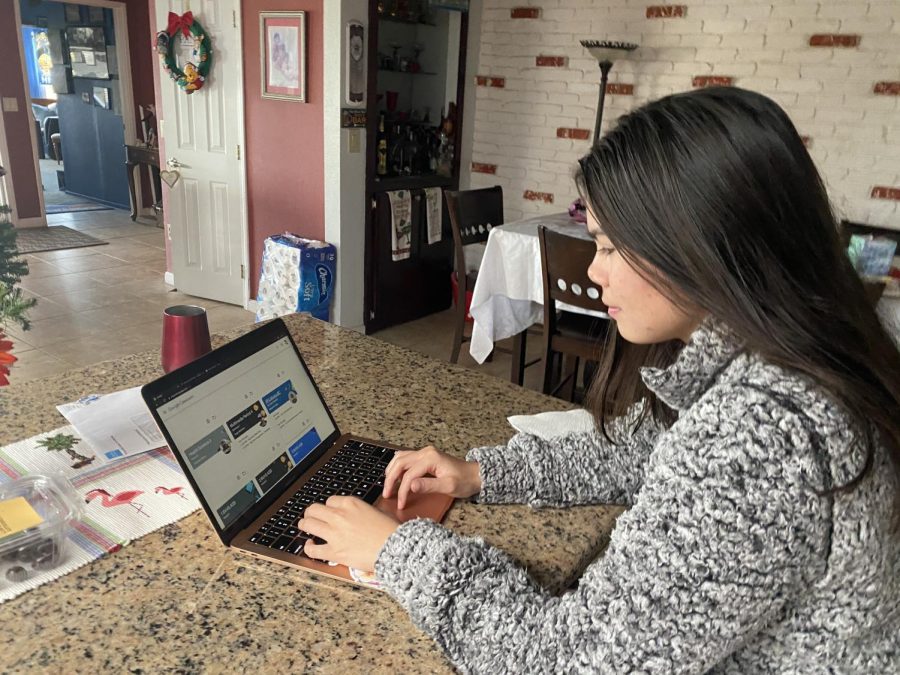
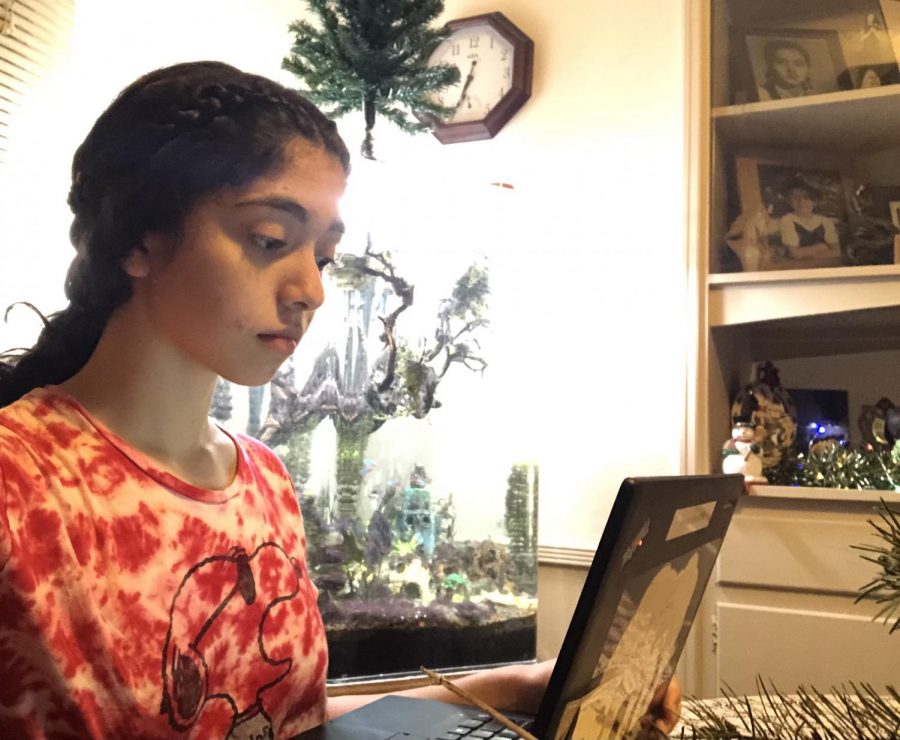


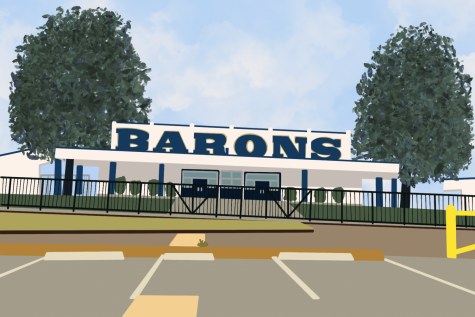
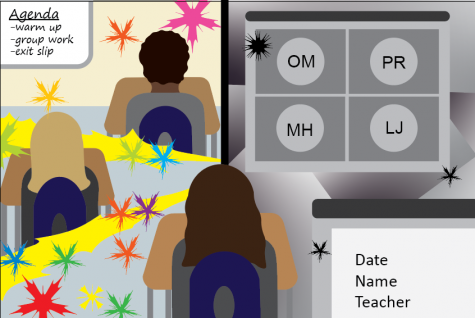
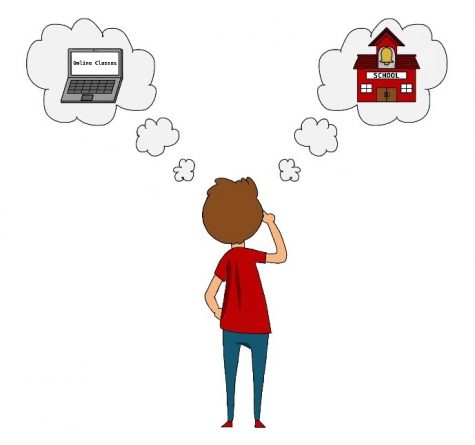


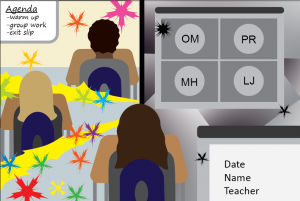

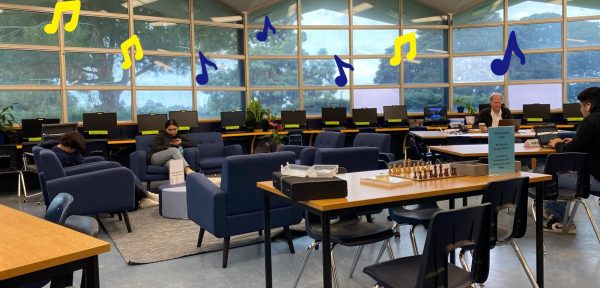
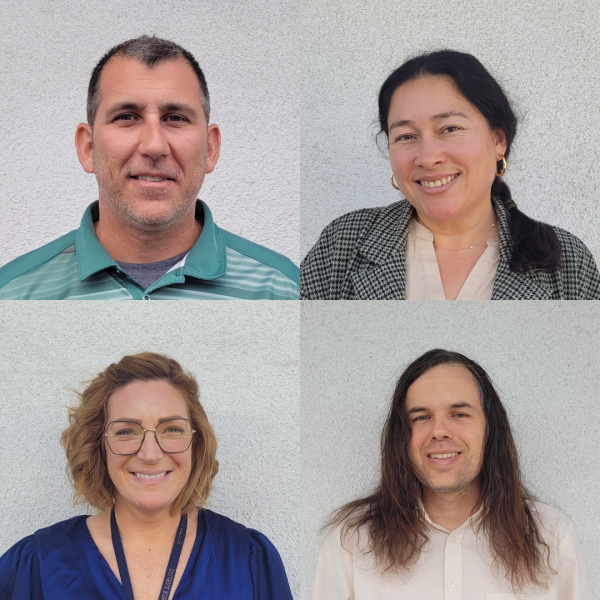
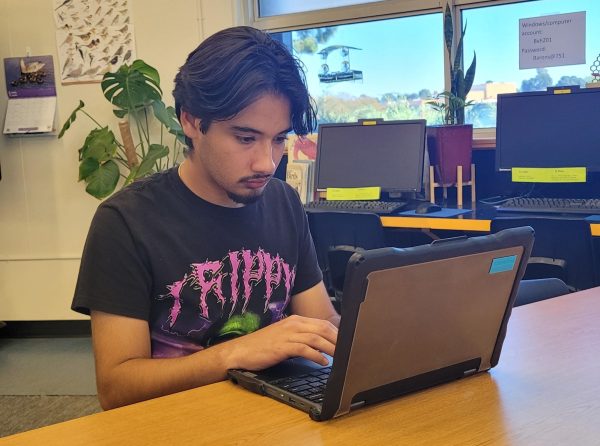
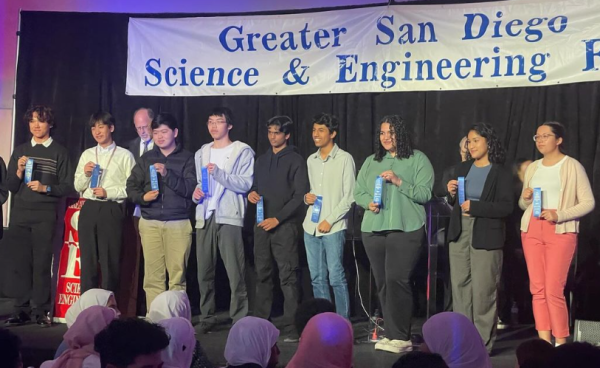

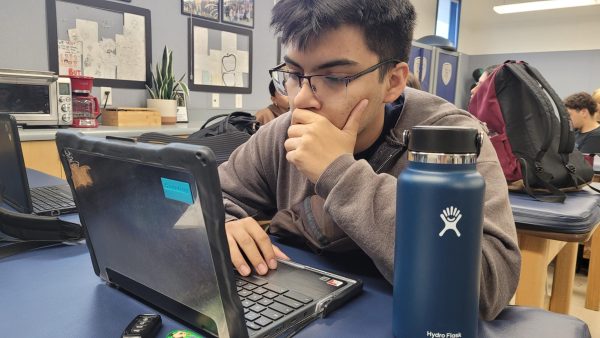




Ursula T Neuner • Feb 10, 2021 at 9:46 am
Nice article! I didn’t convince my mom to buy me a computer though, I borrow her computer.